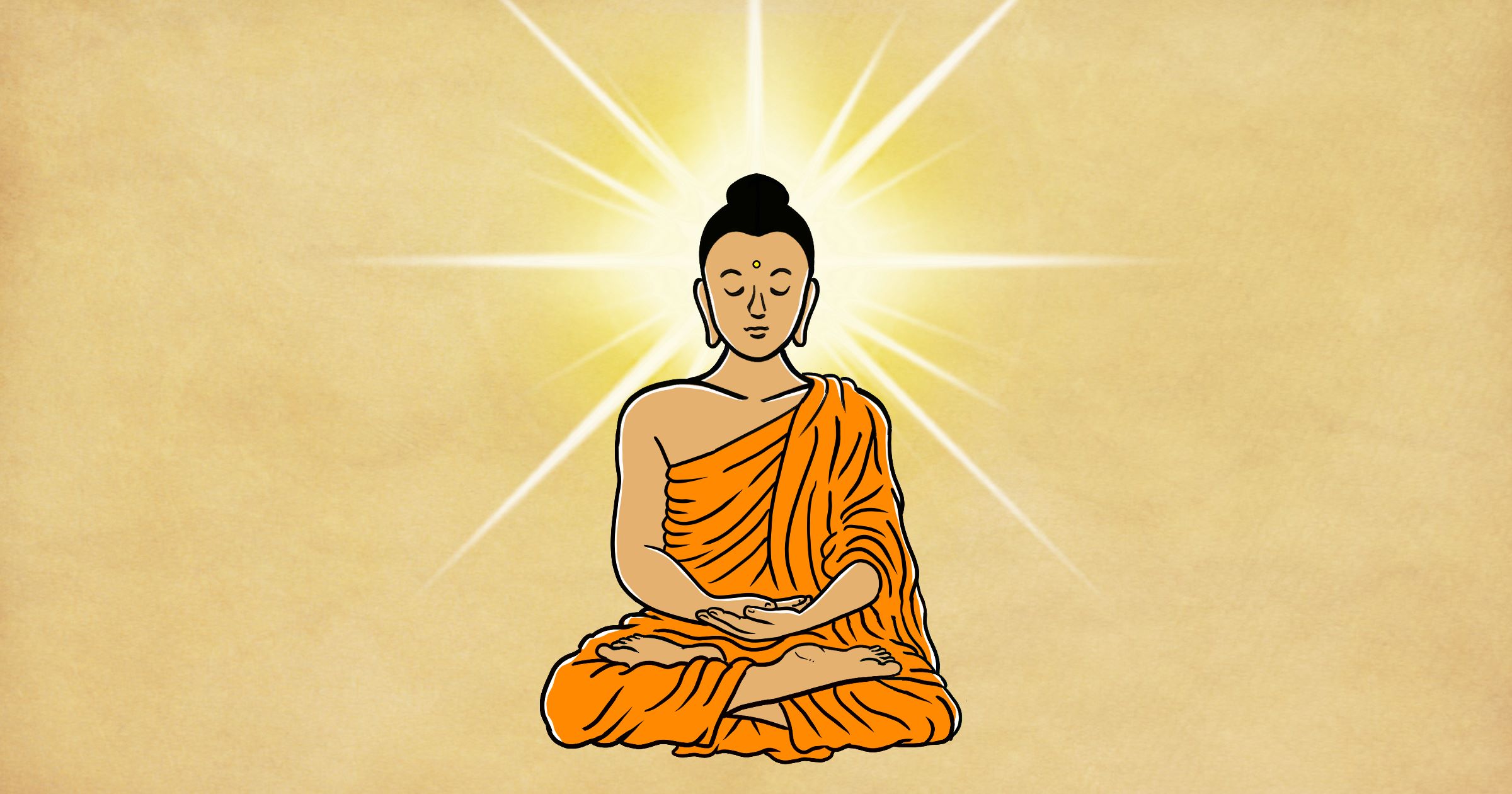
Once upon a time, there was an immensely powerful being born with colossal god-like superpowers who destroyed all suffering for all time, and he lived happily ever after. That was not the story of the Buddha.
The Buddha was born a human being. It is remarkable that the Buddha was able to achieve the monumental task of gaining freedom from all suffering using only the body and mind of a mere mortal human. Even more remarkable is you and I can also do the same! All we have to do is to walk the path discovered by the Buddha. This is the story of how the Buddha did it, and it hints at how you and I can do it too.
This story I am about to tell is the traditional account, the one that is taught in Buddhist textbooks.[1] See, in the earliest canonical Buddhist texts, the Buddha seldom talked about himself, except as an instructional aid. That is why those texts offer few biographical details regarding the Buddha. Most of the details were filled in by later commentaries. Like all biographies that are more than 2000 years old, facts have a tendency to get mixed in with legend. Modern scholarship has cast new light on some details in the story, for example, it now appears likely that the Buddha’s father was a chieftain, rather than a king. These new scholarly findings are a good thing, but it does leave us the question of what to do with the story.
The good news is that none of the new findings changes the core power of the story. For example, the power of the early part comes from seeing a privileged, pampered, young aristocrat inspired to renounce his worldly wealth in search of the highest wisdom. That is powerful whether his father was king or chieftain. The even better news is that the most important part of the story, namely the Buddha’s actual path to enlightenment, was clearly documented in the earliest canonical texts. Yay!
All things considered, Soryu and I decided to tell the traditional version, and as usual, where supported by the earliest canonical texts, we made sure to include references so that you can check the source for yourself.
The story of the Buddha, coming up next: The Buddha Formerly Known as Prince.
Activities
References
[1] The authoritative traditional source of the biography of the Buddha is the commentary known as the Nidānakathā, composed in the fifth century CE based on earlier sources. We base our telling on it, along with a modern authoritative source: Nārada Mahāthera’s The Buddha and His Teachings, Fourth Edition (Kuala Lumpur, Malaysia: Buddhist Missionary Society, 1988).
Artwork by Colin Goh.

